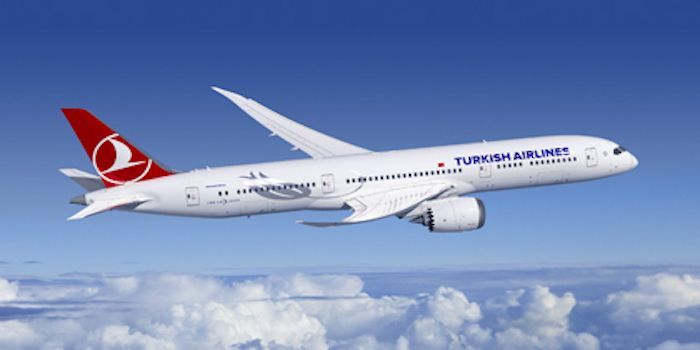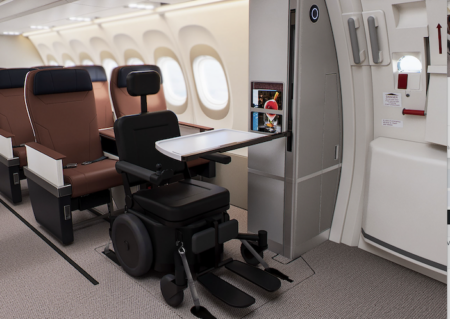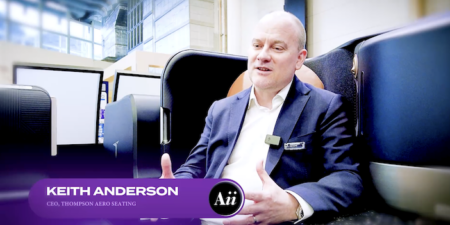Turkish Airlines is due to begin operations of its first Boeing 787-9 Dreamliner on 8 July, having received the aircraft at its Istanbul base on 26 June. The Turkish national flag carrier has placed 25 firm orders for the B787-9 (plus five options), which will be gradually added to its expanding fleet – the youngest in the world – between 2019 and 2023.
The airline’s Dreamliners have been configured with seating capacity for 300 passengers, including 270 economy class seats, and the genuine Turkish feel of the inflight experience is strengthened through the selection of local seating supplier and development partner, TSI Aviation Seats (TSI) as the economy class seat supplier. TSI, which is also a partner with Turkish Technic, will supply the Epianka model, which in standard specification weighs 41.5kg fully dressed, measures 17.43in width between the armrests, and is recommended at a pitch range of 30-39in (the B787-9s will have a 31in pitch and 6in recline).
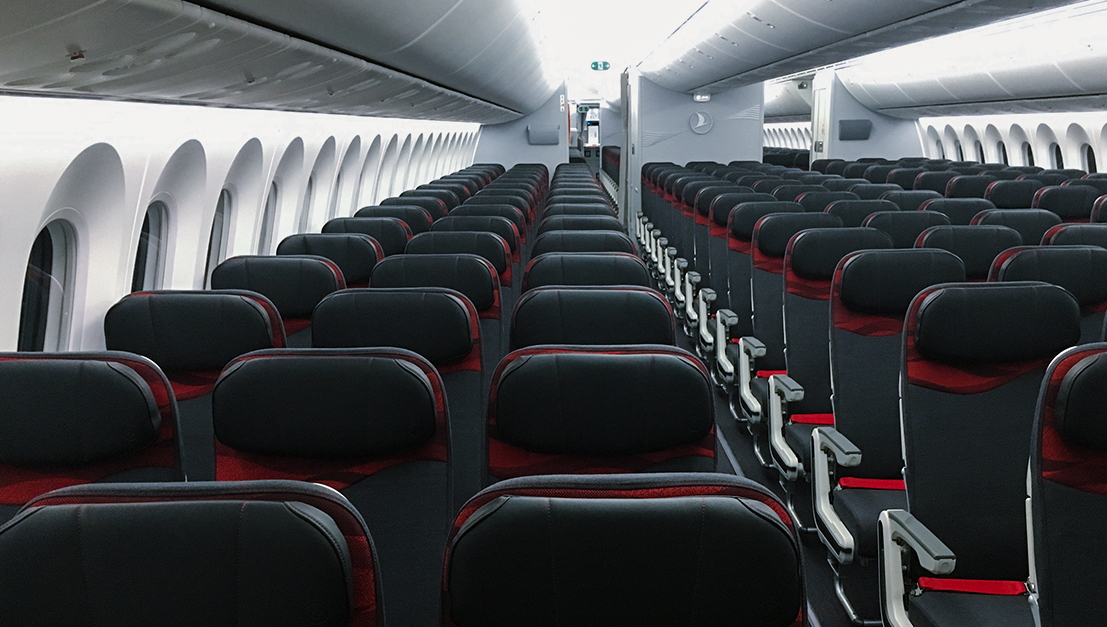
The Epianka model can accommodate IFE displays up to 13.3in. The first six aircraft will feature widescreen slimline 11.6in monitors, with the remaining Dreamliners arriving from early 2020 to be fitted with 13.3in units. As well as passenger entertainment, passenger comfort has been considered in the IFE provision, with pancake electronics boxes located under the seat pans to help optimise footspace, a location which also gives maintenance crews easy access to the IFE systems.

Continuing the authentic Turkish feel, the 30-seat business class cabins in the B787-9s will feature business class monuments produced in Turkey by TCI Cabin.
The Epianka seat is not a new model for Turkish Airlines, as in July 2018 it became the first carrier to fit Epianka – which in another first was fitted to the first Airbus A321neo with a Cabin Flex configuration. In addition to the 93 shipsets of Epianka on order for Turkish Airlines’ A320 fleet, the airline has ordered 75 shipsets for its B737 fleet, and 25 for its A350-900 fleet (plus five options) due to begin operations in April 2020.
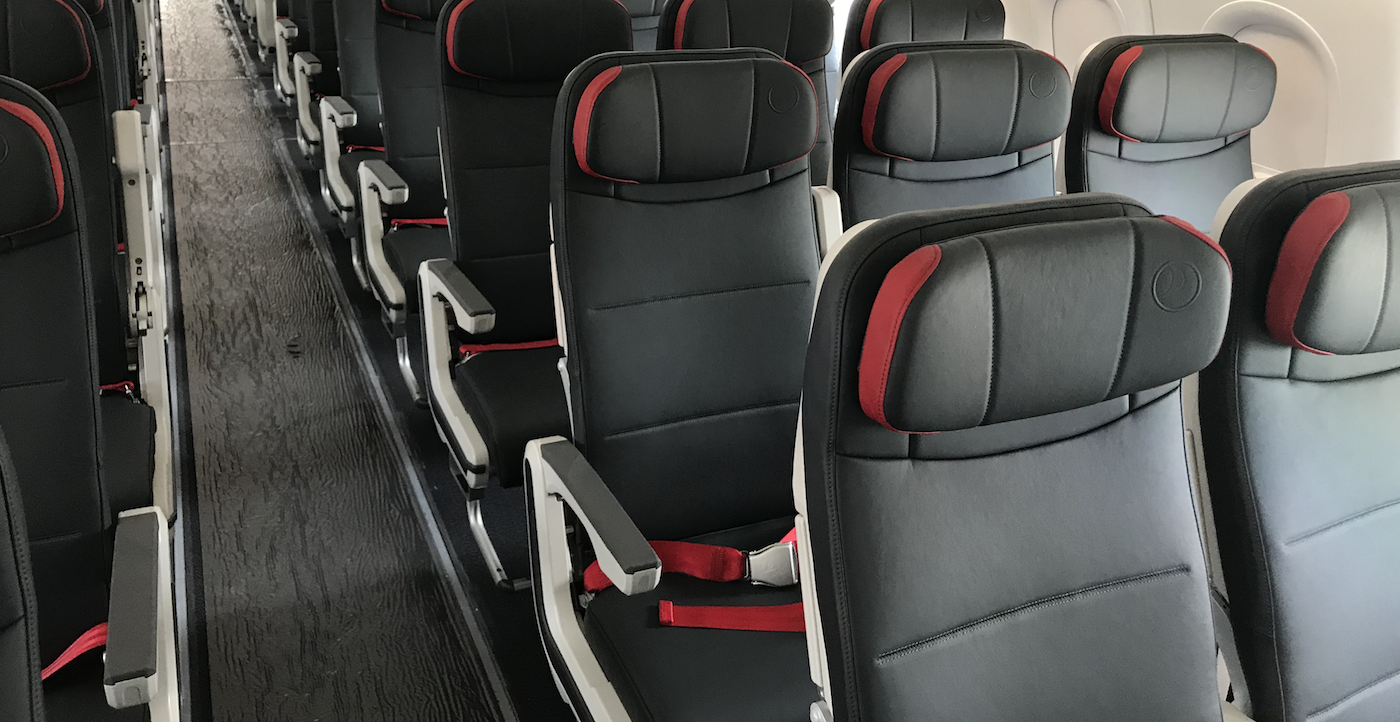
Using the same seat platform for different types of aircraft provides advantages to the airline in terms of consistency in passenger experience, as well as for efficiency of maintenance and operation due to the commonality of parts.
Watch this space for further details of the evolving Turkish Airlines passenger experience…


